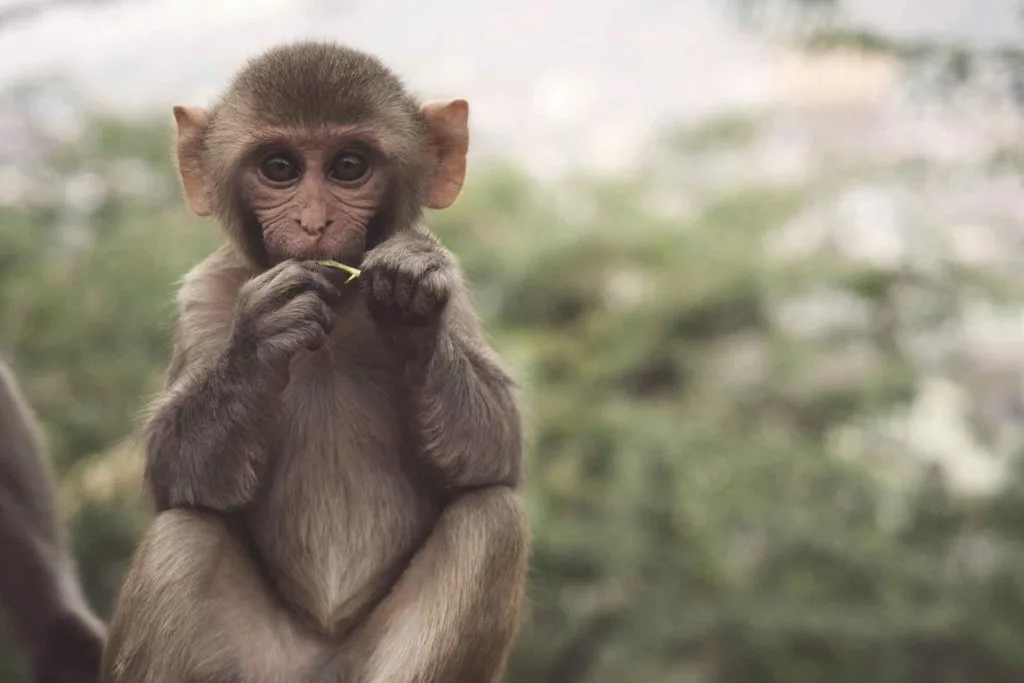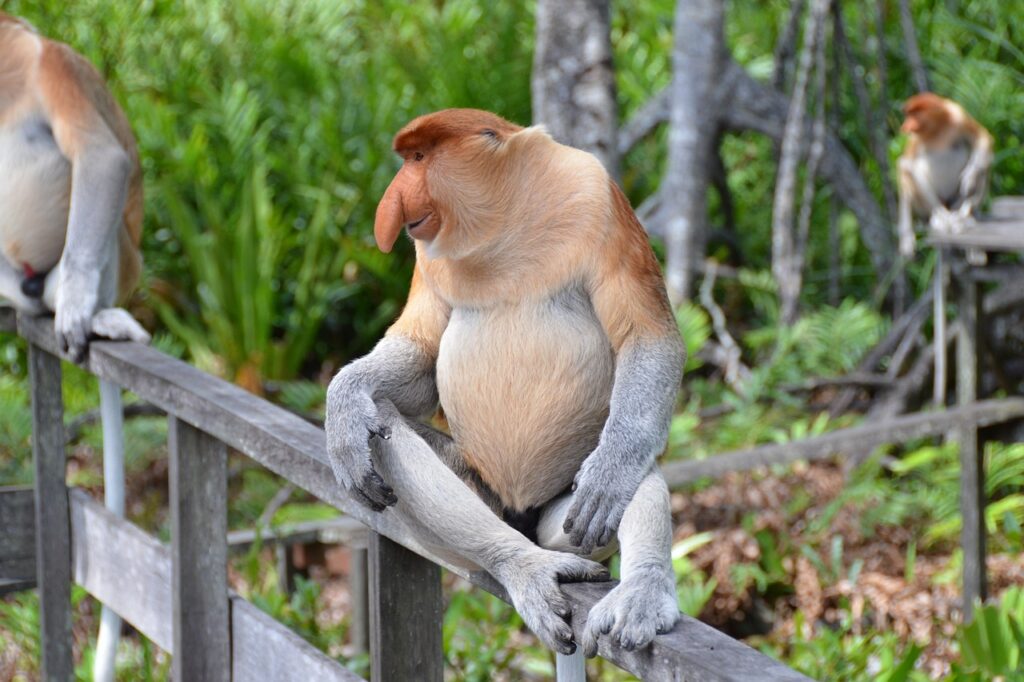Monkeys are a group of primate mammals consisting of various species with unique characteristics and behaviors. Let’s get acquainted with some interesting monkey species:
Monkey (Cercopithecidae)

Monkeys are a family of monkeys that involve various species, including langurs, macaques, colobus monkeys, and others. They have faces resembling humans, long tails, and generally live in large groups. Monkeys are known for their intelligence and complex social behavior.
Bekantan Monkey (Nasalis larvatus)

Bekantan, or proboscis monkeys, are large monkeys found on the island of Borneo, Indonesia. They have large and long noses, giving them a unique appearance. Bekantan lives in swampy forest areas and rivers, often in small groups.
Mandrill (Mandrillus sphinx)
The mandrill is the largest monkey in the world family, Cercopithecidae. They are found in the rainforests of Central and West Africa. Mandrills are known for their colorful faces and striking buttocks. They live in large groups led by an alpha male.
Tarsius (Tarsiidae)
Tarsiers are small nocturnal monkeys found in Southeast Asia, including the islands of Sulawesi, Borneo, and Sumatra. They have large eyes, small ears, and long fingers. Tarsiers are active at night, hunting insects and small bats as their food.
Gelada (Theropithecus gelada)
Geladas are monkeys that live in the highlands of Ethiopia. They are known for their long mane and unmatched facial appearance. Geladas are the only primates that are entirely herbivorous, often grazing in grassy fields.
Baboon (Papio spp.)
Baboons are a large group of monkeys widespread in Africa and the Arabian Peninsula. They live in various habitats, from savannas to forests. Baboons have distinctive faces, pointed buttocks, and are often involved in complex social behaviors.
Each type of monkey plays an important role in its respective ecosystem. Through a deeper understanding of monkey diversity, we can better appreciate their uniqueness and the importance of maintaining ecological balance.






